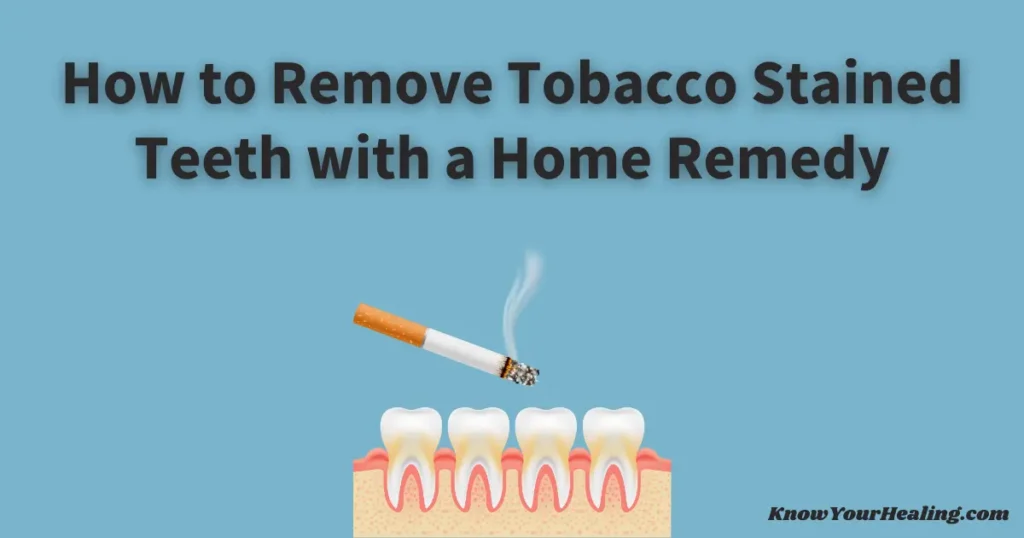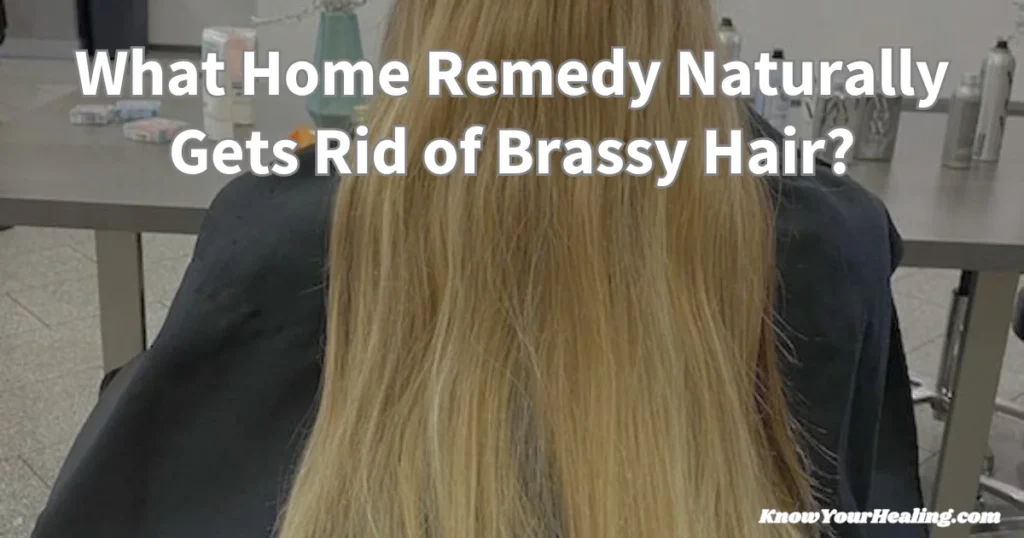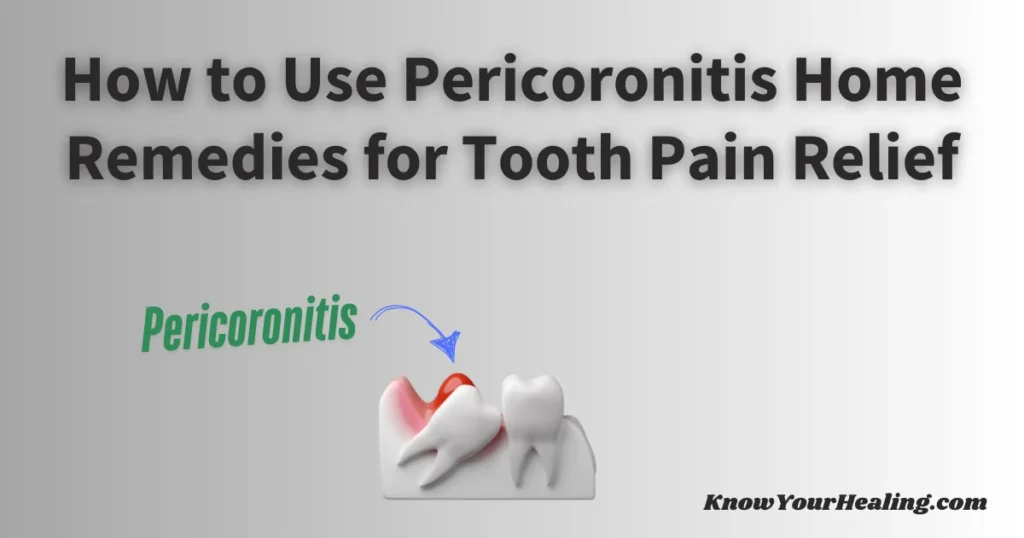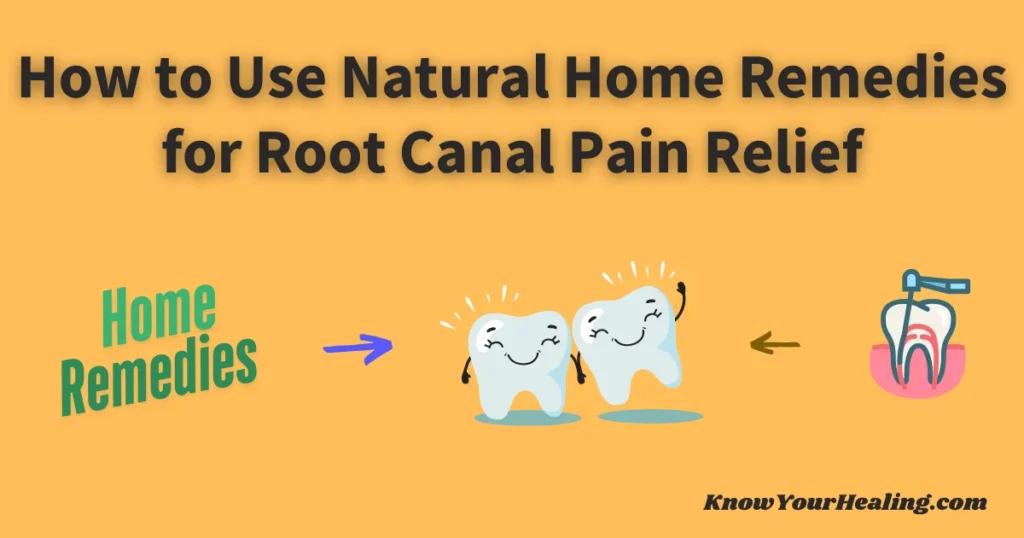Tobacco stained teeth home remedy solutions can be a game-changer for many. These stains often impact one’s confidence and make one hesitant to smile.
Effective home remedies can help reduce these stains and bring back your pearly whites.
For those concerned about the appearance of their teeth, simple solutions like natural whiteners are available.
Ingredients such as baking soda have been reported to show positive results. By employing such a home remedy, individuals can take control of their oral health and work towards a brighter smile.
These methods are not only accessible but also budget-friendly, making them a practical choice for individuals looking to improve their dental aesthetics without breaking the bank. With dedication and the right approach, tobacco stains can become a thing of the past.
Understanding Tobacco Stains on Teeth
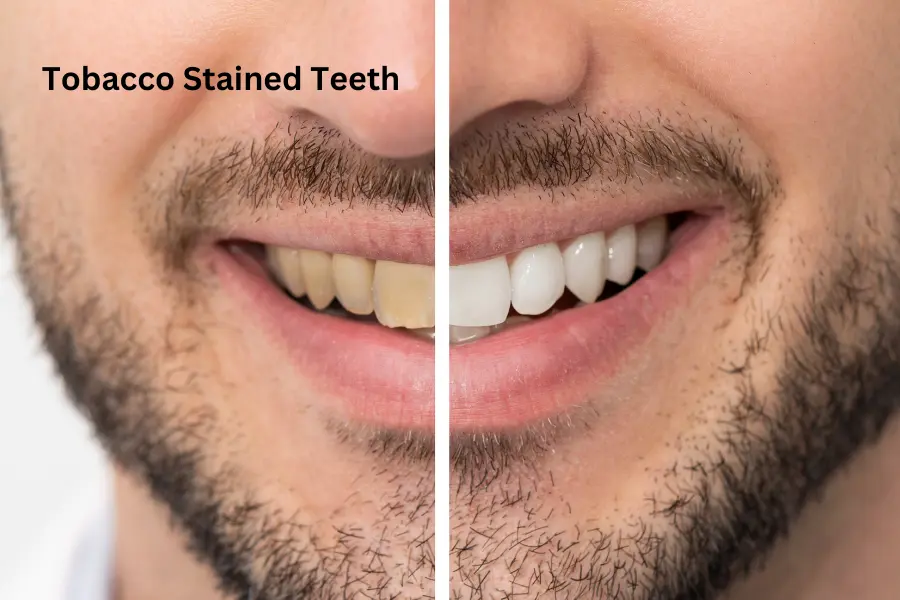
Tobacco stains can lead to unsightly yellow or brown marks on teeth’s enamel. The use of tobacco products significantly affects oral health, making it crucial to maintain a diligent oral hygiene routine.
What Causes Tobacco Stains?
Tobacco products, including cigarettes and chewing tobacco, are known to cause nicotine stains.
These stains emerge from the tar and nicotine present in tobacco, which settle into the tiny pores on the surface of the teeth. Over time, these substances contribute to stubborn stains and discoloration.
Regular exposure affects the color of your teeth and leads to tough stains that require professional cleaning. Smoking and tobacco use are also linked to a higher risk of gum damage and oral cancer, further affecting one’s overall health.
The Importance of Good Oral Hygiene
Maintaining good oral hygiene is essential in preventing and reducing tobacco stains. Regular brushing with a whitening toothpaste helps remove surface stains by acting as a mild abrasive to the tooth surface.
Brushing at least twice a day minimizes the appearance of your teeth being yellow.
In addition to brushing, using an antiseptic mouthwash can help keep the mouth clean and reduce the risk of plaque buildup. This practice helps protect against tooth decay and gum disease, which are common among tobacco users.
Regular Brushing and Flossing
Regular brushing and flossing are vital practices for maintaining a healthy smile. Daily brushing using a whitening toothpaste can reduce the chance of tartar buildup.
Flossing removes food particles and plaque between teeth, preventing gum infection and tooth decay.
For those looking for at-home treatments, methods like oil pulling with coconut oil or apple cider vinegar are known to be beneficial.
These natural remedies are a good option for maintaining the brightness of your teeth right from the comfort of your home.
Home Remedies for Removing Tobacco Stains
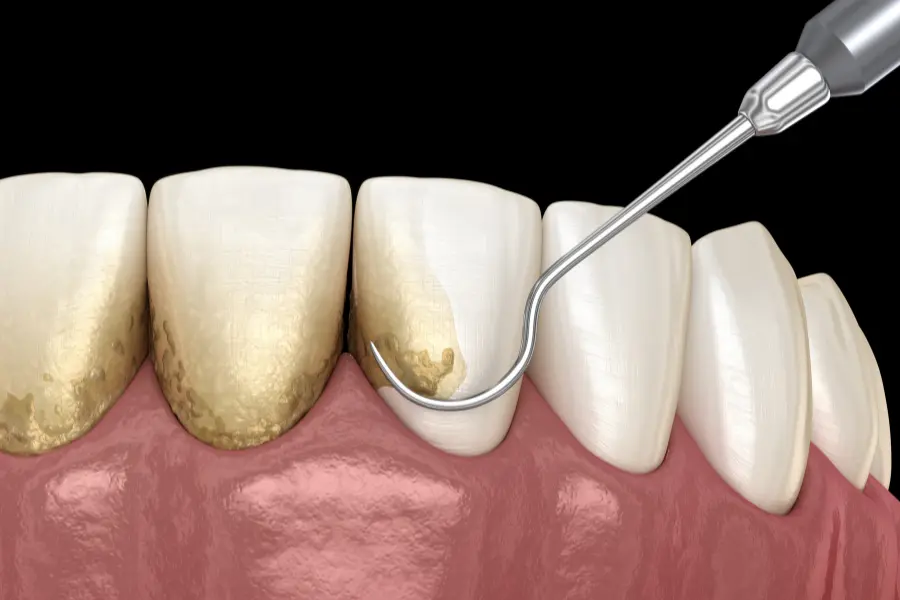
Tobacco stained teeth home remedy options can be effective at minimizing discoloration caused by nicotine products. These remedies can help improve oral health by addressing surface stains and promoting good oral hygiene practices.
Using Baking Soda and Lemon Juice
Baking soda combined with lemon juice can be a good option for tackling yellow stains on the surface of the teeth. Baking soda acts as a mild abrasive, which helps scrub away stains without damaging the enamel.
Meanwhile, lemon juice, rich in vitamin C and malic acid, naturally whitens teeth and enhances the cleaning effect.
To use this remedy, mix a small amount of baking soda with enough lemon juice to form a paste. Apply this mixture to the stained teeth with a toothbrush or your finger.
Gently brush for about one minute to avoid tooth sensitivity or enamel damage. Rinse thoroughly with a glass of water to remove any residues.
About once a week, regular use can gradually reduce the appearance of brown stains.
Oil Pulling with Coconut Oil
Oil pulling with coconut oil is another natural method for reducing tobacco stains. This technique helps whiten teeth and improves overall health by boosting the immune system and reducing oral bacteria.
Coconut oil contains lauric acid, which can break down plaque buildup and help prevent tooth decay and gum infection.
To perform oil pulling, place a tablespoon of coconut oil in your mouth and swish it for 10-15 minutes.
The oil will draw out impurities and help with tough stains and dry mouth issues caused by tobacco use. Spill the oil into the trash rather than the sink to prevent clogs.
Following this routine regularly can lead to a brighter smile and a healthier oral environment.
At-Home Treatments for Whiter Teeth
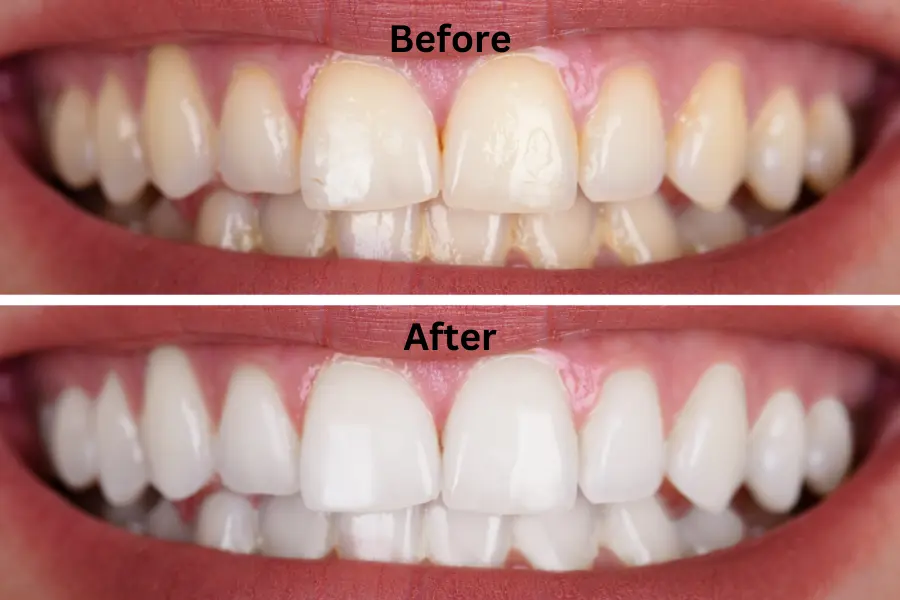
Tobacco use can lead to yellow teeth and surface stains. Fortunately, several at-home treatments can help improve the appearance of your teeth without needing professional treatments.
These methods focus on gently removing stains and promoting good oral hygiene.
Apple Cider Vinegar and Peroxide Solutions
Apple cider vinegar has natural cleaning properties that can help remove tobacco stains from teeth. Individuals can use it as a mouthwash by diluting apple cider vinegar in a glass of water.
This method is considered a natural remedy but should be used cautiously. Prolonged use can damage the enamel of your teeth due to its acidic nature.
Hydrogen peroxide is another option known for its whitening effects.
A mild solution can be mixed with baking soda to create a paste. This combination acts as a mild abrasive, helping to reduce stains and brighten teeth.
Do not use it too frequently to prevent tooth sensitivity and ensure the enamel remains strong.
Whitening Toothpaste and Mouthwash
Whitening toothpaste is a popular counter product for dealing with nicotine stains. These toothpastes contain mild abrasives and chemicals like carbamide peroxide, which work to polish and whiten teeth over time.
They are effective for tackling stubborn stains from tobacco products and maintaining a healthy smile.
For an extra boost, using a whitening mouthwash can help target both surface stains and the health of your gum line.
The antiseptic properties of such mouthwashes can help reduce plaque buildup and prevent oral health issues, contributing to a brighter smile overall.
When to Seek Professional Help
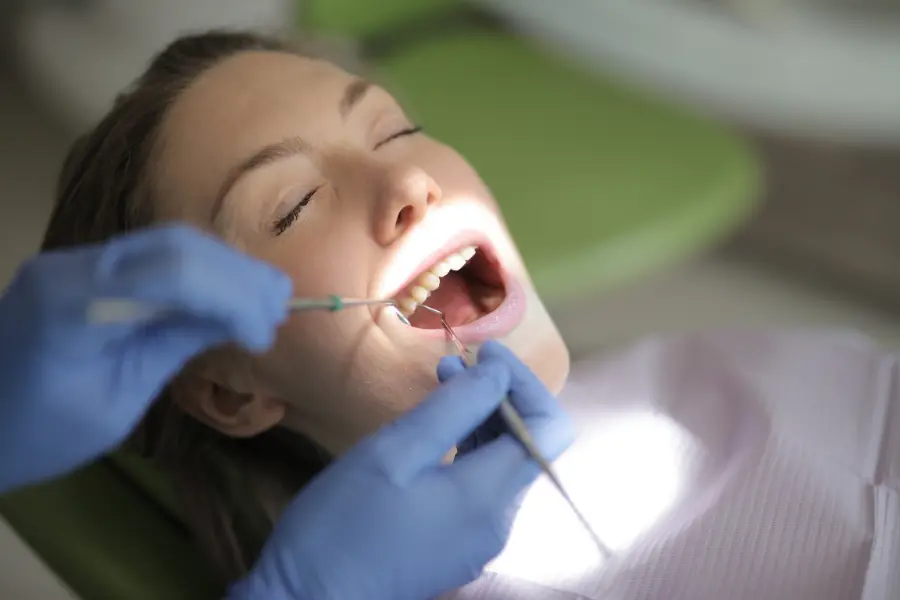
Individuals dealing with stubborn stains or experiencing tooth sensitivity should consider consulting a dental professional.
Professional Teeth Whitening Procedures
Professional teeth whitening is often the most effective way to combat deep tobacco stains. Dental professionals utilize potent whitening agents that are often more effective than at-home remedies.
They may use products containing higher concentrations of bleaching agents like peroxide, which can quickly lighten the color of your teeth.
In many dental offices, procedures involve applying a whitening gel, sometimes activated with an intense light to enhance results. This can be ideal for individuals looking for fast and reliable improvements.
Dental professionals can customize treatments, offering more personalized and safer approaches than over-the-counter products.
Additionally, in-office procedures often result in a reduction in adverse effects, such as tooth enamel damage.
Dealing with Tough Stains and Tooth Sensitivity
For very dark or stubborn stains, such as those caused by long-term tobacco use, professional help becomes essential. Regular brushing and typical whitening products might not be enough for such cases, leading to the need for specialized treatments.
A dental professional can assess the level of staining and recommend the best option.
Professional guidance can also improve tooth sensitivity management. Dentists can suggest customized solutions, including treatments to strengthen enamel or specific at-home care routines to alleviate discomfort.
If yellow teeth or tooth sensitivity persists despite using at-home tobacco stained teeth home remedies, consult a professional for a whitening treatment.
Maintaining Results and Preventing Future Stains
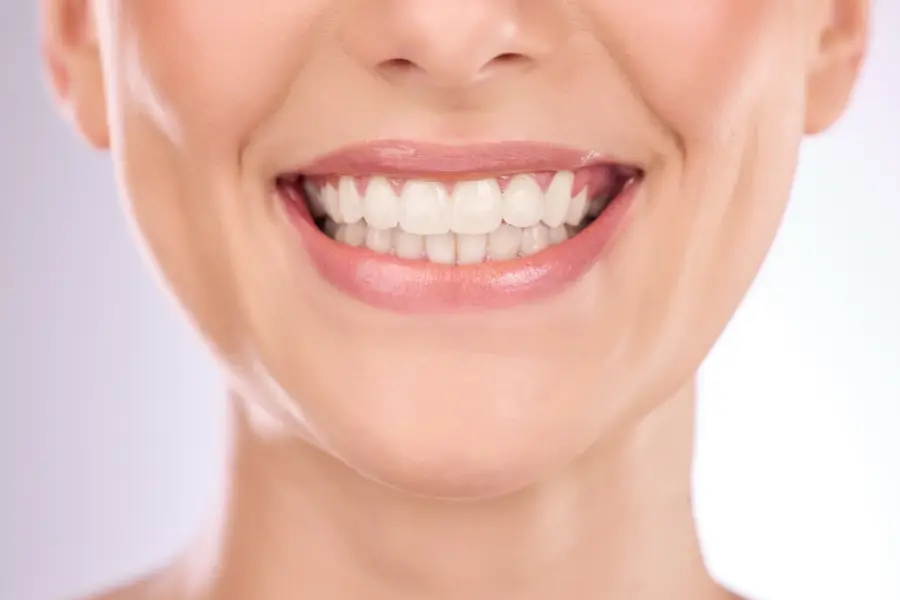
Consistent care is crucial for keeping teeth stain-free after using a home remedy for tobacco stained teeth. Key strategies include avoiding tobacco and visiting the dentist regularly for cleanings and check-ups.
Avoiding Tobacco Use and Nicotine Products
Tobacco use is a leading cause of tooth discoloration, resulting in both tobacco and nicotine stains. Quitting is the most effective way to prevent future stains on tooth enamel.
Switching to alternatives like electronic cigarettes can reduce smoke stains, but it’s not a perfect solution for maintaining teeth’s color.
Personal habits also play a role in preserving a bright smile. Maintaining good oral hygiene, such as regular brushing with whitening toothpaste and using antiseptic mouthwash, helps remove surface stains and protect against plaque buildup.
This routine will also aid in reducing the risk of gum disease and other oral health issues.
Regular Dental Check-Ups and Cleanings
Professional dental cleanings are vital for stain prevention. Regular visits to dental practices allow for the removal of tartar buildup and tough stains that at-home treatments might miss.
Professional help ensures that teeth remain brighter and healthier.
Dental professionals may suggest treatments like custom trays and professional whitening procedures during check-ups. Such treatments offer better results than over-the-counter products, especially for yellow teeth or stubborn stains.
Regular basis check-ups allow for early detection of potential issues, ensuring a healthier smile and the overall health of gums.
Preventive measures in dental offices help manage tooth sensitivity and enamel damage, which can be caused by frequent use of whitening agents. Keeping up with these practices contributes to the whiter teeth that individuals desire.
Final Thoughts
Tobacco stained teeth can be a concern for many people who smoke or use other tobacco products.
Utilizing a home remedy, such as a combination of baking soda and hydrogen peroxide, can help reduce stains and brighten teeth. Consistency and patience are vital for these methods to show results.
These remedies are accessible and cost-effective, but it’s essential to use them properly to prevent damage to enamel. Regular brushing with the right toothpaste can also benefit tobacco-stained teeth, maintaining cleanliness and preventing further staining.
It’s important to understand that while home remedies can work for mild stains, professional dental treatments might be necessary for more severe cases. Consulting with a dental professional can provide guidance tailored to individual needs.
Key Takeaways:
- Use baking soda and hydrogen peroxide carefully.
- Brush consistently to prevent and reduce stains.
- Consider professional treatments if home remedies fall short.
- Maintaining oral hygiene is crucial for managing stained teeth.
Employing these practices can help those with tobacco-stained teeth achieve a cleaner, brighter smile over time.
Frequently Asked Questions
Discover solutions for removing tobacco stains from teeth and explore various methods, such as home remedies or specific products. Learn about safety and effectiveness when choosing a method for brighter teeth.
Can hydrogen peroxide remove nicotine stains?
Due to its whitening properties, hydrogen peroxide can effectively remove nicotine stains from teeth. It is often used in whitening treatments to brighten teeth. People sometimes use it in diluted form with baking soda for a whitening paste at home.
Does baking soda get rid of tobacco stains on teeth?
Baking soda is a popular home remedy for tackling tobacco stains on teeth. Its mild abrasive nature helps scrub away surface stains. Mixing it with water or hydrogen peroxide can enhance its stain-removing effects.
Which toothpaste is best for removing tobacco stains?
Toothpaste formulated with whitening agents is ideal for removing tobacco stains. Brands containing baking soda or hydrogen peroxide are particularly effective. Choosing a gentle toothpaste on enamel is vital to avoid damage from frequent use.
Can yellow teeth from smoking be whitened?
Yellow teeth from smoking can be whitened with various methods, including professional treatments and home remedies. Options like whitening strips, pastes, and dentist-supervised light treatments can lead to significant improvements.
What is the best stain remover for smokers’ teeth?
The best stain removers for smokers’ teeth include whitening toothpaste, strips, and in-office treatments. Hydrogen peroxide products are often recommended for their effectiveness in breaking down tough stains.
Does vinegar get rid of nicotine stains?
Vinegar is not typically recommended for removing nicotine stains from teeth. It can be too acidic and potentially harm enamel. It’s better to focus on methods like baking soda or professional whitening treatments.
How do you get tobacco stains off your teeth?
Brushing with baking soda and hydrogen peroxide is a standard method. Regular dental hygiene practices, such as using whitening toothpaste and seeing a dentist for cleanings, also help remove tobacco stains.
Is hydrogen peroxide safe to use on teeth?
Hydrogen peroxide is generally safe for teeth in small amounts and when used correctly. It is a common ingredient in many whitening products. However, excessive or improper use can lead to tooth sensitivity or gum irritation.
How do you remove brown stains from your teeth at home?
Brown stains can be addressed at home using baking soda, hydrogen peroxide, or whitening toothpaste. Consistent oral hygiene and regular brushing help prevent new stains from forming.
Can smokers’ teeth be fixed?
Routine dental care and various whitening methods often improve smokers’ teeth.
Professional cleanings, whitening treatments, and good oral hygiene practices can restore and maintain teeth’s appearance over time.

